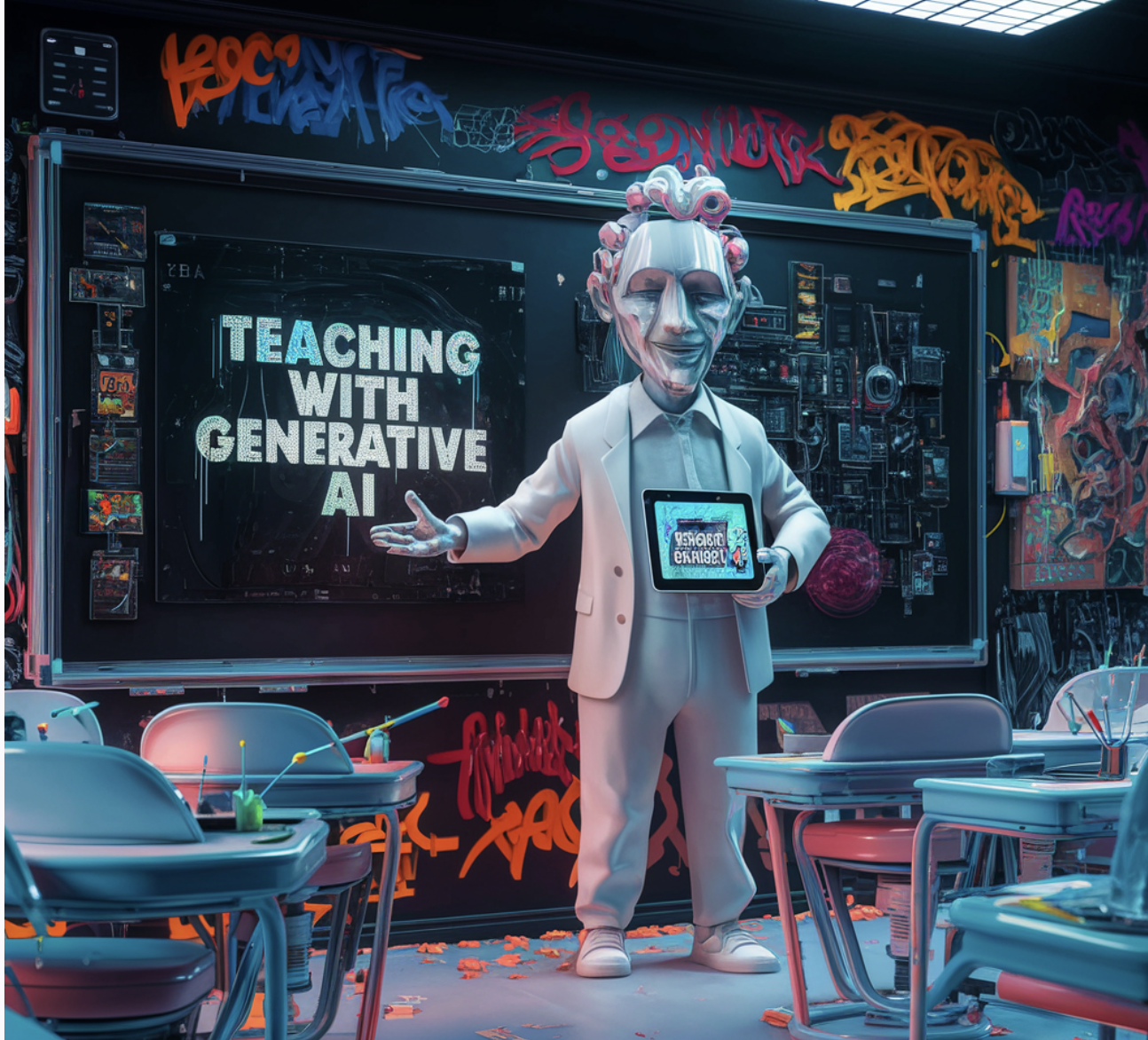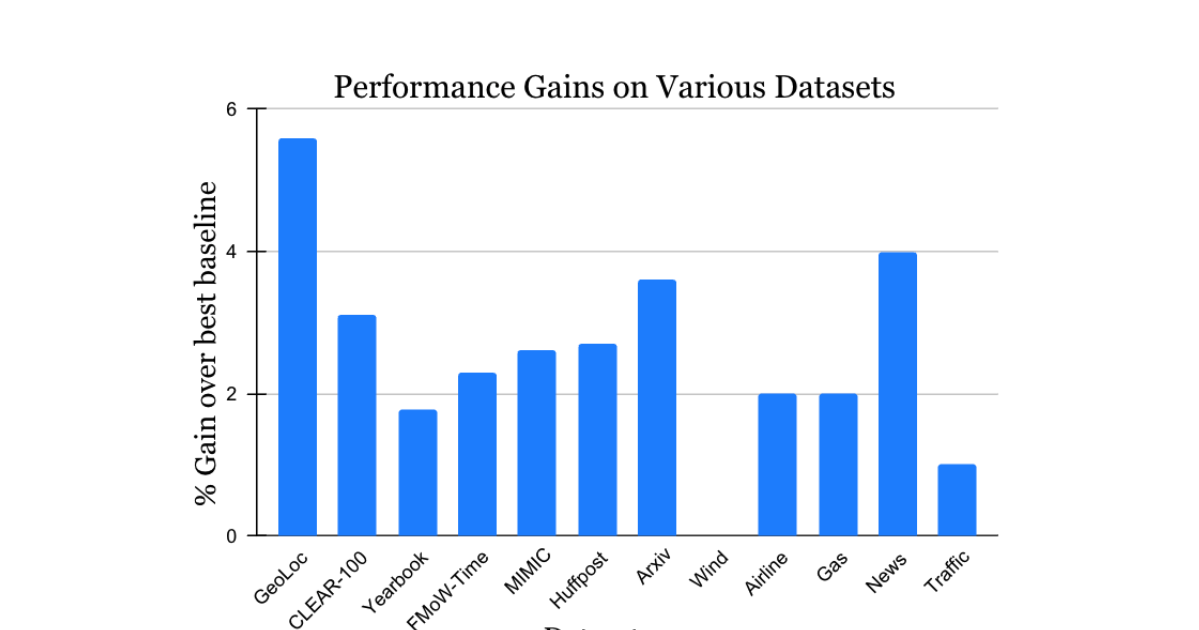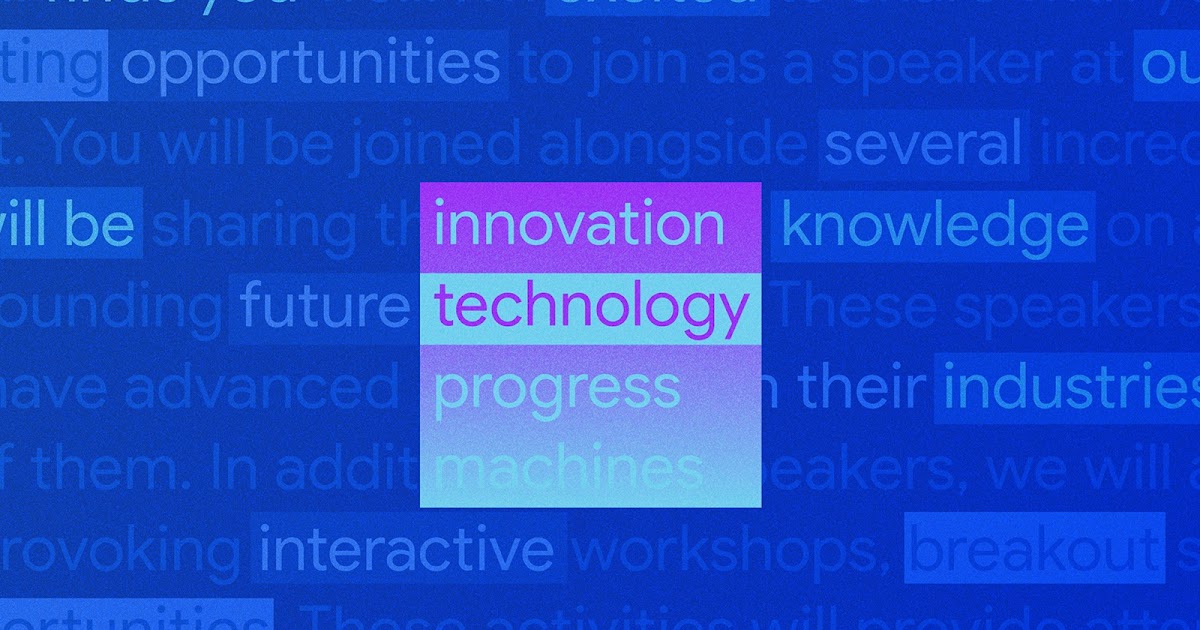The advent of Generative Artificial Intelligence (AI) is revolutionizing numerous sectors, and education stands out as a prime beneficiary. This technology, capable of generating text, images, and interactive content, transforms how educators teach and students learn. Let’s explore how Generative AI enhances educational tools and methods, using examples and use cases and showing how these innovations are integrated into the classroom.
1. Personalized Learning Experiences
Use Case: Adaptive Learning Platforms
Generative AI can tailor educational content to fit each student’s learning pace and style. AI-driven platforms like Coursera and Khan Academy use algorithms to adjust the difficulty of assignments and suggest additional resources based on student performance.
Examples:
- Smart Tutoring Systems: AI tutors provide personalized feedback and explanations, helping students understand complex concepts at their own pace.
- Customized Learning Paths: AI systems analyze student data to create custom lesson plans and learning activities, optimizing educational outcomes.
2. Automated Content Creation
Use Case: Curriculum Development
AI tools can assist educators in developing curriculum materials, generating educational content, and preparing teaching aids, thereby reducing preparation time and enhancing the quality of the learning material.
Examples:
- Quiz Generation: Tools like Quizlet use AI to create practice quizzes and flashcards based on textbook material or course content.
- Interactive Content: Platforms like Desmos offer AI-generated interactive math tools that adapt to user inputs, making learning more engaging.
3. Real-time Language Translation and Accessibility
Use Case: Inclusive Education
Generative AI helps break down language barriers in classrooms that include non-native speakers or students with disabilities, making education more accessible to all.
Examples:
- Language Translation Tools: AI-powered platforms like Google Translate can now provide real-time subtitle translations during lectures, ensuring all students can follow along.
- Accessibility Features: Tools like Microsoft’s Immersive Reader use AI to enhance text readability, benefiting students with dyslexia and other learning disabilities.
4. Enhancing Teacher Productivity
Use Case: Administrative Automation
AI can automate administrative tasks like grading, attendance, and communication, allowing teachers to dedicate more time to instructional activities and student interaction.
Examples:
- Grading Automation: AI systems can automatically grade objective responses and even assist in assessing more subjective essays and assignments.
- Attendance Tracking: Facial recognition software can automate attendance, recording which students are present without manual input from educators.
5. Student Assessment and Feedback
Use Case: Continuous Assessment
With AI, assessments can be more frequent and less intrusive, providing ongoing student feedback and valuable data to teachers about class performance.
Examples:
- Adaptive Assessments: Platforms like Edulastic use AI to adapt to the difficulty of questions as students progress through an assessment.
- Feedback Systems: AI tools provide immediate feedback on assignments, identify mistakes, and offer corrections or explanations.
6. Virtual and Augmented Reality Learning Environments
Use Case: Immersive Learning
Generative AI facilitates the creation of virtual and augmented reality environments that simulate real-world scenarios or historical events, making learning immersive and interactive.
Examples:
- Virtual Labs: Labster offers virtual labs where students can conduct scientific experiments in a risk-free and resource-efficient environment.
- Historical Simulations: AI-driven platforms allow students to “experience” historical events, enhancing understanding and retention.
Snapshot of AI Tools and Their Impact on Education
Conclusion
Generative AI is a supplementary tool and a transformative force in the educational landscape. It enhances teacher effectiveness, enriches student learning experiences, and ensures more equitable access to education. Integrating AI technologies into educational systems promises to redefine traditional teaching methodologies and foster environments where personalized and immersive learning flourishes. Educators must remain adaptive and proactive in leveraging these tools to maximize their potential benefits, ultimately paving the way for a future where education is more engaging, inclusive, and effective.
Hello, My name is Adnan Hassan. I am a consulting intern at Marktechpost and soon to be a management trainee at American Express. I am currently pursuing a dual degree at the Indian Institute of Technology, Kharagpur. I am passionate about technology and want to create new products that make a difference.



